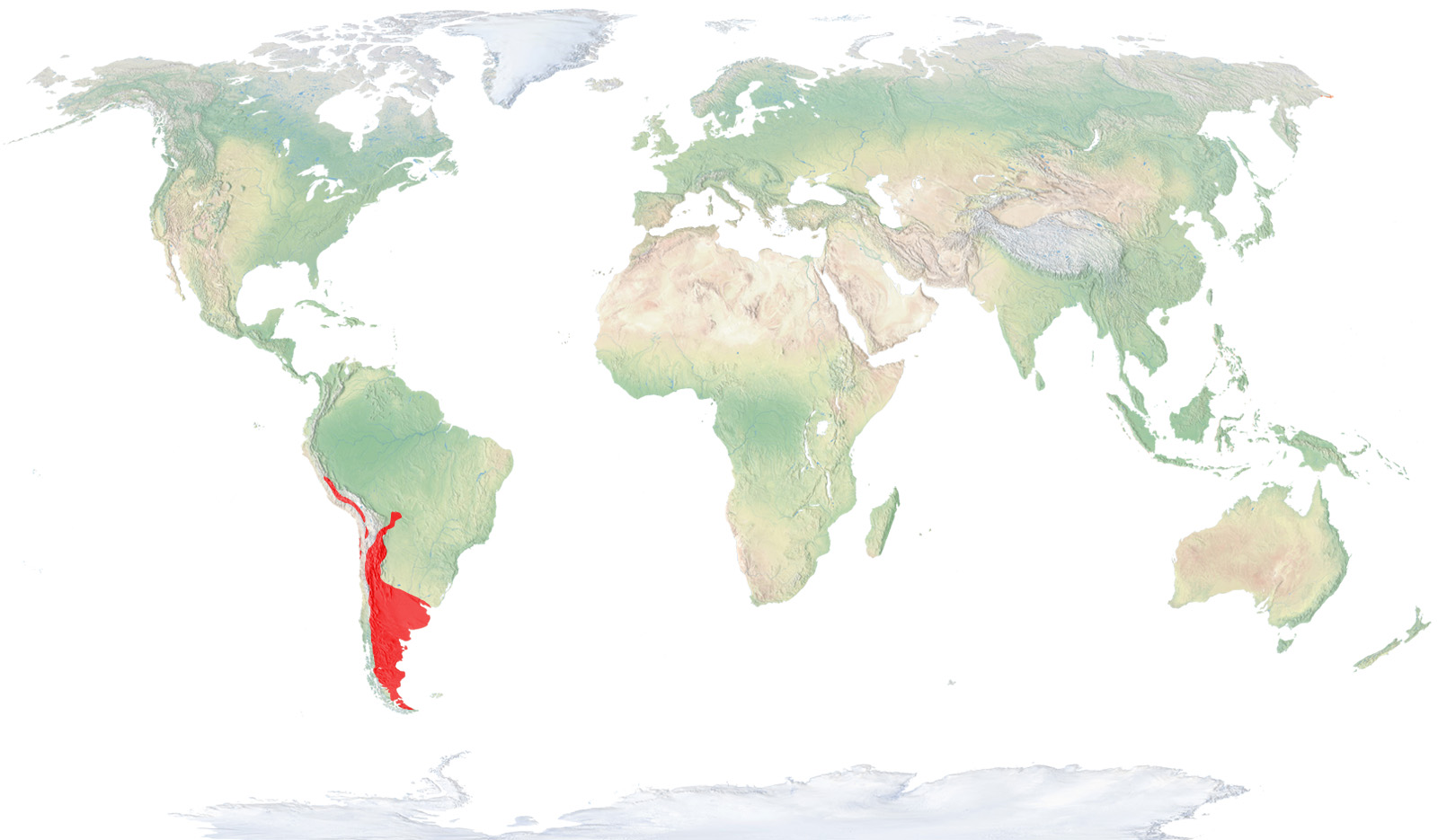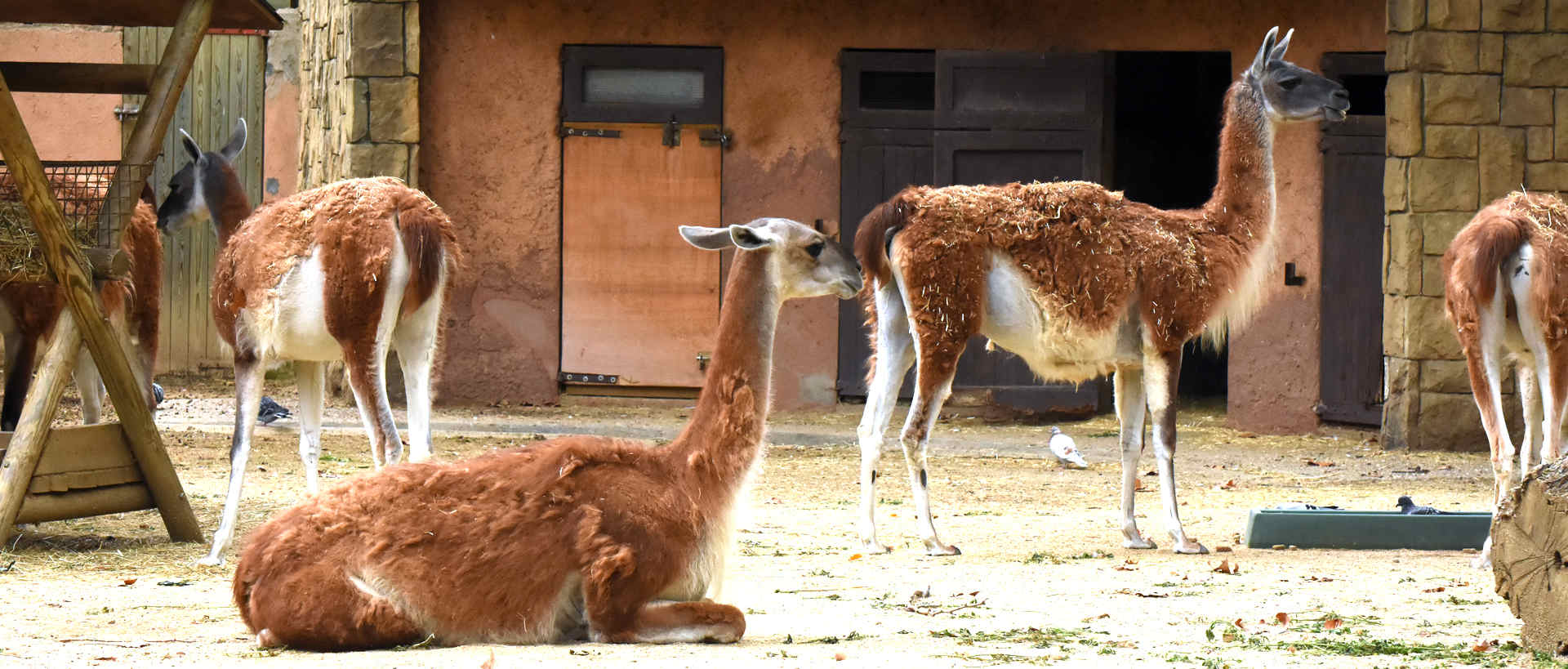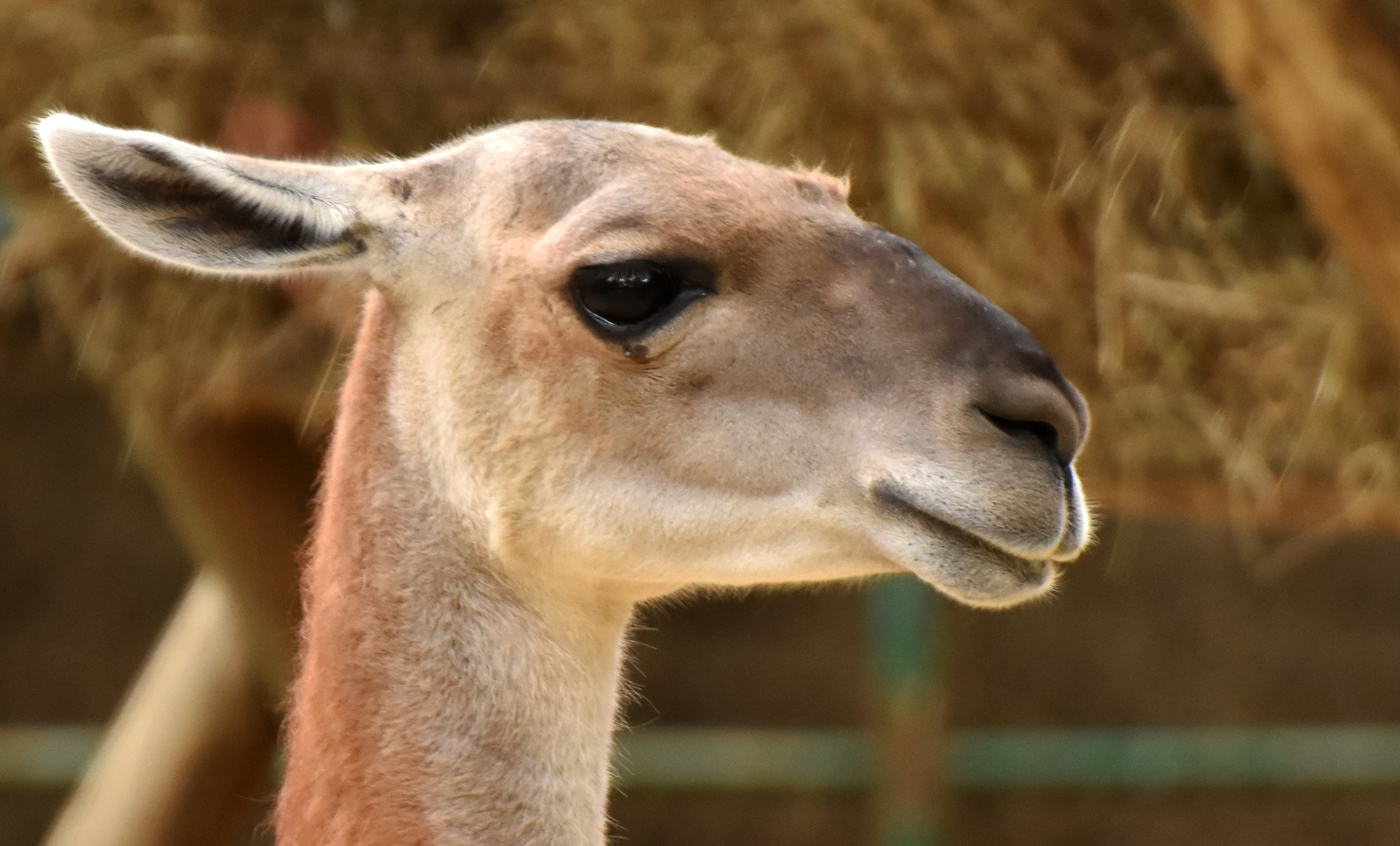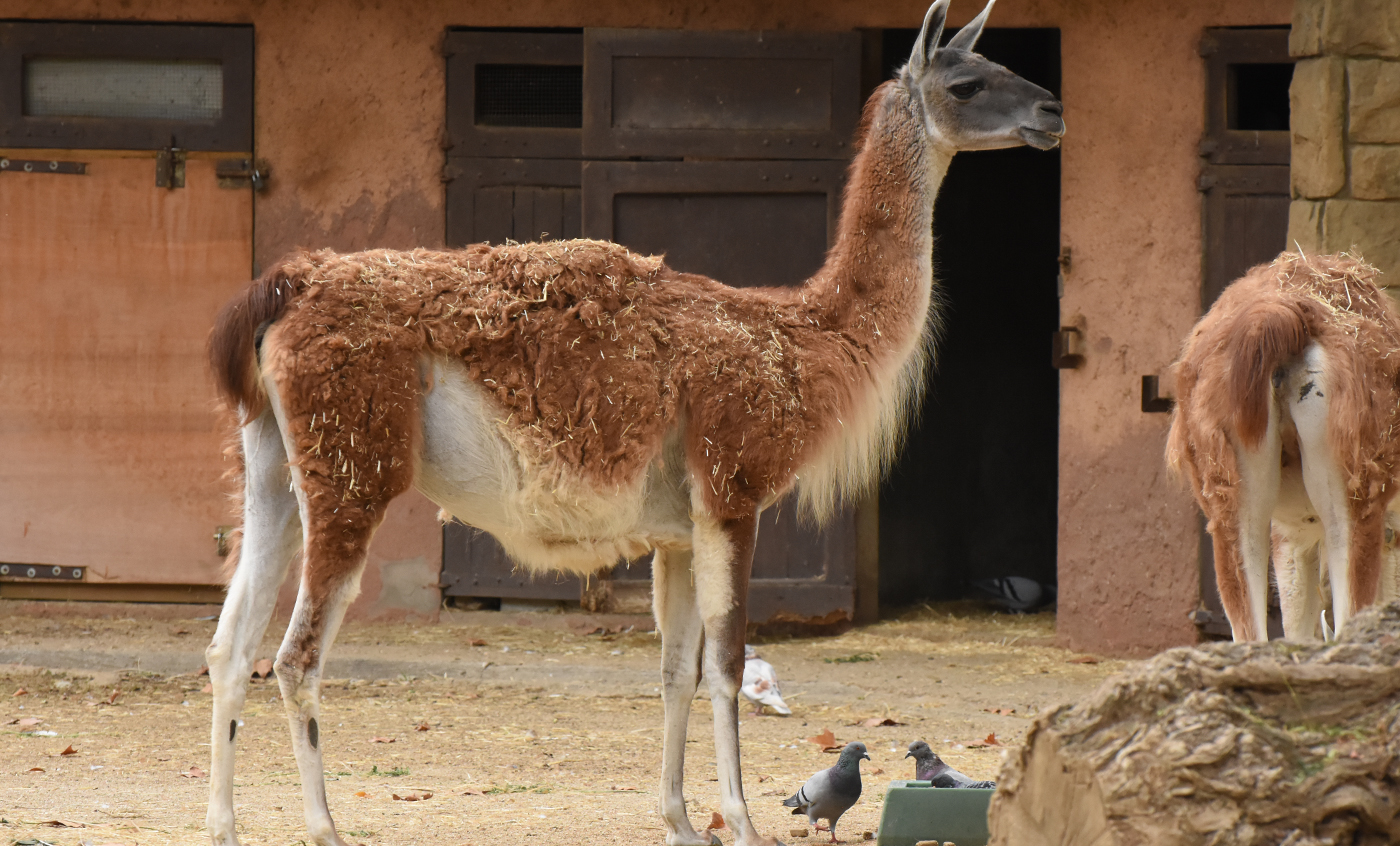Guanaco
The guanaco is one of the two wild Camelid species currently existing in South America, and is the wild ancestor from which two domestic forms appeared, the llama and the alpaca.
It is the most adaptable of its family, for it is found at sea level and up to an altitude of 4,000 meters, and it inhabits all kinds of environments: semidesertic fields, savannas, low-dense forests with bushes and, occasionally, even forests.
Natural habit
From northern Peru, Bolivia and Paraguay, to Patagonia and Tierra del Fuego, Chile and Argentina, always in quiet and remote areas.

- Distribution / Resident
- Breeding
- Wintering
- Subspecies
Risk level
- Extint
- Extint in the wild
- Critically endangered
- In Danger
- Vulnerable
- Near threatened
- Minor concern
- Insufficient data
- Not evaluated
Taxonomy
Physical characteristics
Biology
Reproduction
Biology
This agile camelid, with a longer coat than the vicuna but shorter than llamas and alpacas, has a brown and reddish color, with white inner parts and dark face.
It is the most adaptable camelid, for it is found at sea level and up to an altitude of 5,000 meters, and it inhabits semidesertic fields, savannas, fields of bushes and, occasionally, even forests.
It is an herbivore and it eats all kinds of plants, tubers, moss, seeds and tender leaves. Guanacos are known for its ability to spit at great distance, saliva or food balls it had been chewing.
Its oestrus takes place between November and February. During this period, males become very aggressive and fight each other for females. After a gestation of 345-360 days, a single calf is born, rarely two, and it can follow its mother after 15-20 minutes of being born.
It is a social animal with territorial habits. Herds of females and calves are led by an adult male. The other males sometimes form groups and, when the mating period arrives, they fight against the dominant ones in order to occupy a privileged position among females. When it feels in danger, it can run more than 60 Km/h, an important characteristic for its survival in an open habitat without hiding places. Its most important natural predator is the puma.
Competition with domestic animals for food, as well as excessive hunting for its wool and skin, have caused the population of guanacos to decrease considerably during the last years in many areas. While in Argentina and Chile, populations are recovering, in Peru, Paraguay and Bolivia it is currently a critically endangered species.





